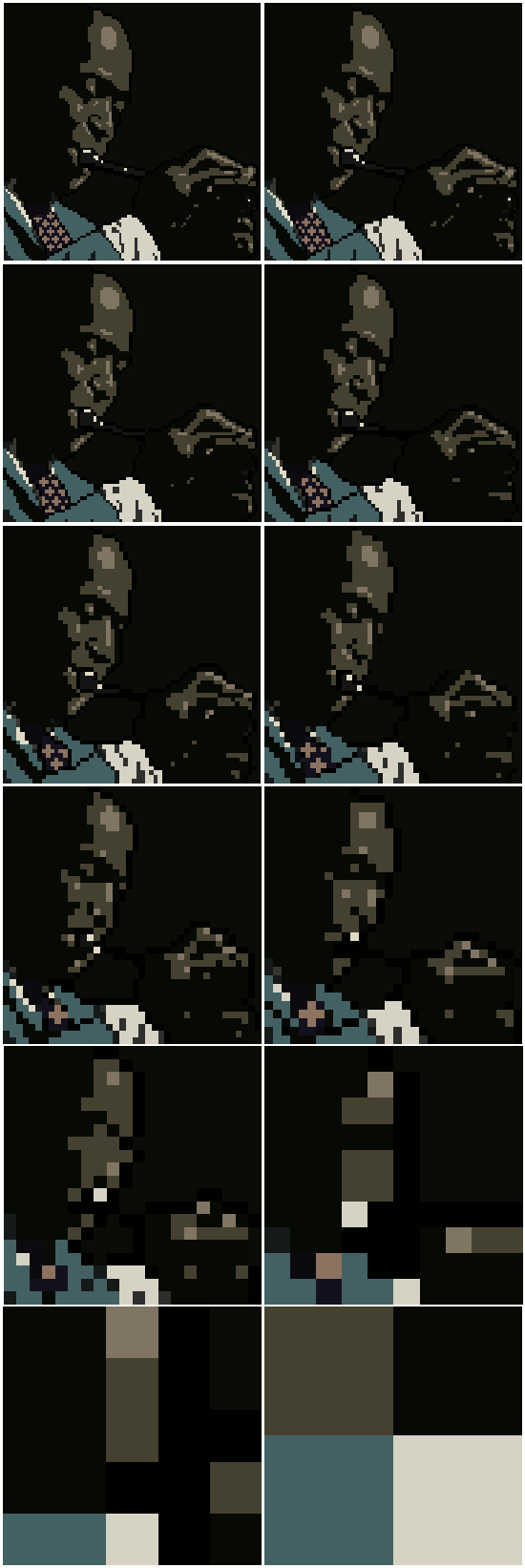TL;DR version: Last year, I was threatened with a lawsuit over the pixel art album cover for Kind of Bloop. Despite my firm belief that I was legally in the right, I settled out of court to cut my losses. This ordeal was very nerve-wracking for me and my family, and I’ve had trouble writing about it publicly until now.
Note: I posted this on Twitter and Maisel’s Facebook wall before it was deleted, but I’ll repeat it here: I understand you may have strong feelings about this issue, but please don’t harass him publicly or privately. Reasonable discussion about the case is fine; personal attacks, name-calling and abuse are not. We’re all humans here. Be cool.
Still want the full story? Read on.
(Note: This post was reviewed by both my and Jay Maisel’s legal counsel.)
The Long Version
Remember Kind of Bloop, the chiptune tribute to Miles Davis’ Kind of Blue that I produced? I went out of my way to make sure the entire project was above board, licensing all the cover songs from Miles Davis’s publisher and giving the total profits from the Kickstarter fundraiser to the five musicians that participated.
But there was one thing I never thought would be an issue: the cover art.
Before the project launched, I knew exactly what I wanted for the cover — a pixel art recreation of the original album cover, the only thing that made sense for an 8-bit tribute to Kind of Blue. I tried to draw it myself, but if you’ve ever attempted pixel art, you know how demanding it is. After several failed attempts, I asked a talented friend to do it.
You can see the results below, with the original album cover for comparison.
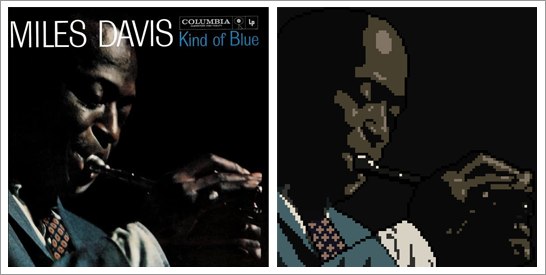
In February 2010, I was contacted by attorneys representing famed New York photographer Jay Maisel, the photographer who shot the original photo of Miles Davis used for the cover of Kind of Blue.
In their demand letter, they alleged that I was infringing on Maisel’s copyright by using the illustration on the album and elsewhere, as well as using the original cover in a “thank you” video I made for the album’s release. In compensation, they were seeking “either statutory damages up to $150,000 for each infringement at the jury’s discretion and reasonable attorneys fees or actual damages and all profits attributed to the unlicensed use of his photograph, and $25,000 for Digital Millennium Copyright Act (DMCA) violations.”
After seven months of legal wrangling, we reached a settlement. Last September, I paid Maisel a sum of $32,500 and I’m unable to use the artwork again. (On the plus side, if you have a copy, it’s now a collector’s item!) I’m not exactly thrilled with this outcome, but I’m relieved it’s over.
But this is important: the fact that I settled is not an admission of guilt. My lawyers and I firmly believe that the pixel art is “fair use” and Maisel and his counsel firmly disagree. I settled for one reason: this was the least expensive option available.
At the heart of this settlement is a debate that’s been going on for decades, playing out between artists and copyright holders in and out of the courts. In particular, I think this settlement raises some interesting issues about the state of copyright for anyone involved in digital reinterpretations of copyrighted works.
Fair Use?
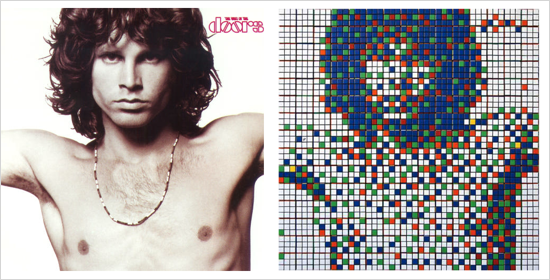
There are a lot of myths and misconceptions about “fair use” on the Internet. Everyone thinks they know what fair use is, but not even attorneys, judges, and juries can agree on a clear definition. The doctrine itself, first introduced in the 1976 Copyright Act, is frustratingly vague and continually being reinterpreted.
Four main factors come into play:
- The purpose and character of your use: Was the material transformed into something new or copied verbatim? Also, was it for commercial or educational use?
- The nature of the copyrighted work
- The amount and substantiality of the portion taken, and
- The effect of the use upon the potential market
For each case, courts take these factors into account and render a verdict, occasionally contradicting the opinions of past judges and juries.
The crux of our disagreement hinges on the first factor — whether the Kind of Bloop illustration is “transformative.”
Transformative Works
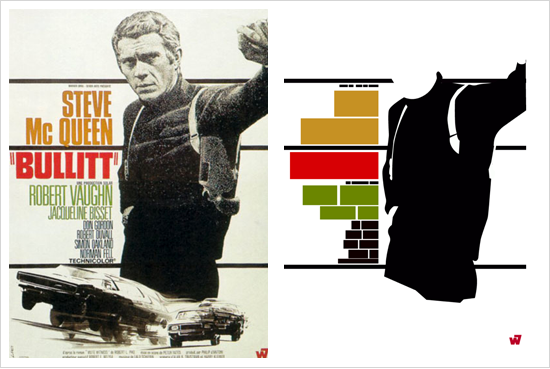
In his influential paper on fair use, Judge Pierre N. Leval wrote, “Factor One is the soul of fair use.” Stanford’s Fair Use Center asks, “Has the material you have taken from the original work been transformed by adding new expression or meaning? Was value added to the original by creating new information, new aesthetics, new insights and understandings?”
From the beginning, Kind of Bloop was a creative experiment. I was drawn to the contradiction between the textured, subdued emotion in Kind of Blue and the cold, mechanical tones of retro videogame music. The challenge was to see whether chiptune artists could create something highly improvisational, warm, and beautiful from the limited palette of 1980s game consoles. (I think we succeeded.)
Similarly, the purpose of the album art was to engage both artist and viewer in the same exercise — can NES-style pixel art capture the artistic essence of the original album cover, with a fraction of the resolution and color depth of an analog photograph?
It reinforced the artistic themes of the project, to convey the feel of an entire album reimagined through an 8-bit lens. Far from being a copy, the cover art comments on it and uses the photo in new ways to send a new message.
This kind of transformation is the foundation of fair use. In a 2006 verdict, the court found artist Jeff Koons’ use of a fashion photo “adds something new, with a further purpose or different character, altering the first with new expression, meaning, or message.”
I don’t think there’s any question that Kind of Bloop’s cover illustration does the same thing. Maisel disagreed.
The Other Factors
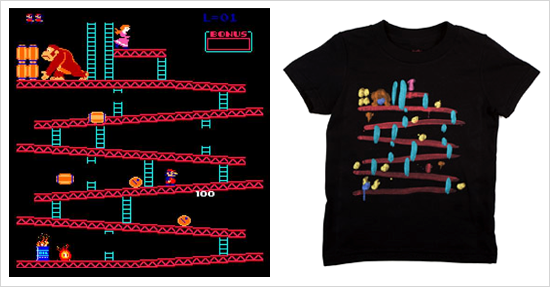
The second fair use factor is the nature of the copyrighted work. Works that are published and factual lean towards fair use, works that are unpublished and creative towards infringement. While Maisel’s photograph is creative, it’s also primarily documentary in nature and it was published long before my illustration was created.
With regard to the third factor, although the illustration does represent the cover of Kind of Blue, it does so at a dramatically reduced resolution that incorporates few of the photograph’s protectable elements. Courts routinely find fair use even where the entirety of an image is used.
The fourth factor considers the impact on the market value of the original work. It’s obvious the illustration isn’t a market substitute for the original: it’s a low-resolution artistic rendering in the style of 8-bit computer graphics that is, at best, of interest to a few computer enthusiasts.
And it’s worth noting that trying to license the image would have been moot. When asked how much he would’ve charged for a license, Maisel told his lawyer that he would never have granted a license for the pixel art. “He is a purist when it comes to his photography,” his lawyer wrote. “With this in mind, I am certain you can understand that he felt violated to find his image of Miles Davis, one of his most well-known and highly-regarded images, had been pixellated, without his permission, and used in a number of forms including on several websites accessible around the world.”
Back to Reality
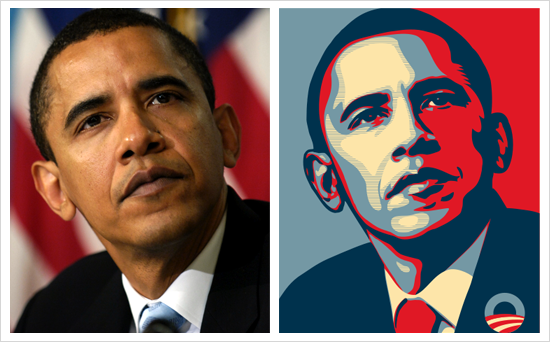
In practice, none of this matters. If you’re borrowing inspiration from any copyrighted material, even if it seems clear to you that your use is transformational, you’re in danger. If your use is commercial and/or potentially objectionable, seek permission (though there’s no guarantee it’ll be granted) or be prepared to defend yourself in court.
Anyone can file a lawsuit and the costs of defending yourself against a claim are high, regardless of how strong your case is. Combined with vague standards, the result is a chilling effect for every independent artist hoping to build upon or reference copyrighted works.
The End

It breaks my heart that a project I did for fun, on the side, and out of pure love and dedication to the source material ended up costing me so much — emotionally and financially. For me, the chilling effect is palpably real. I’ve felt irrationally skittish about publishing almost anything since this happened. But the right to discuss the case publicly was one concession I demanded, and I felt obligated to use it. I wish more people did the same — maybe we wouldn’t all feel so alone.
If you feel like it, you’re still welcome to buy digital copies of Kind of Bloop (without the cover art) at kindofbloop.com. Donations can be made to the EFF, and you’ll get a rad 8-bit shirt for joining. And if you have any ideas for an alternate album cover that won’t land me in court, bring it on!
Special thanks to my lawyers (Chris, Erica & Ben), the EFF, Fred von Lohmann, and the team at Kickstarter for moral support.
More Fun with Art Appropriation
I’m collecting examples of reinterpretations of copyrighted works, like the ones interspersed in this post. Here’s some more I found:
- Thomas Hooper’s pixel recreations of famous album covers
- Norn Cutson’s Record Collection, a book of illustrations based on album covers
- Format Magazine’s hip-hop albums recreated in LEGO
- Videogame Minimalism, available as shirts
- Justin Russo’s Minimalist Videogame Posters
- Howie Green’s paintings of famous album covers
- Cliff Chiang’s ’80s album covers recreated with comic book heroes
- Brandon Heinley’s pixel recreations of famous images in art and culture
- Collection of famous album covers in LEGO
- Benjamin Shaykin’s Lo-Res Books, book covers abstracted to the edge of recognition
- Graphic Nothing’s minimalist art and album cover remixes
- Kirby Ferguson’s Everything Is A Remix is a thought-provoking and entertaining demonstration of how remixing is fundamental to all creativity, with hundreds of examples from Star Wars to Apple.
I’ve turned off comments, but I’d love to hear your thoughts and any more relevant examples. Send me an email or instant message, or find me on Twitter.
Extra credit: Where would you draw the line?
